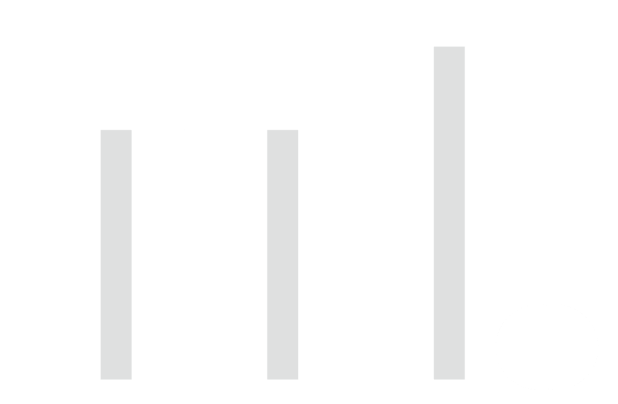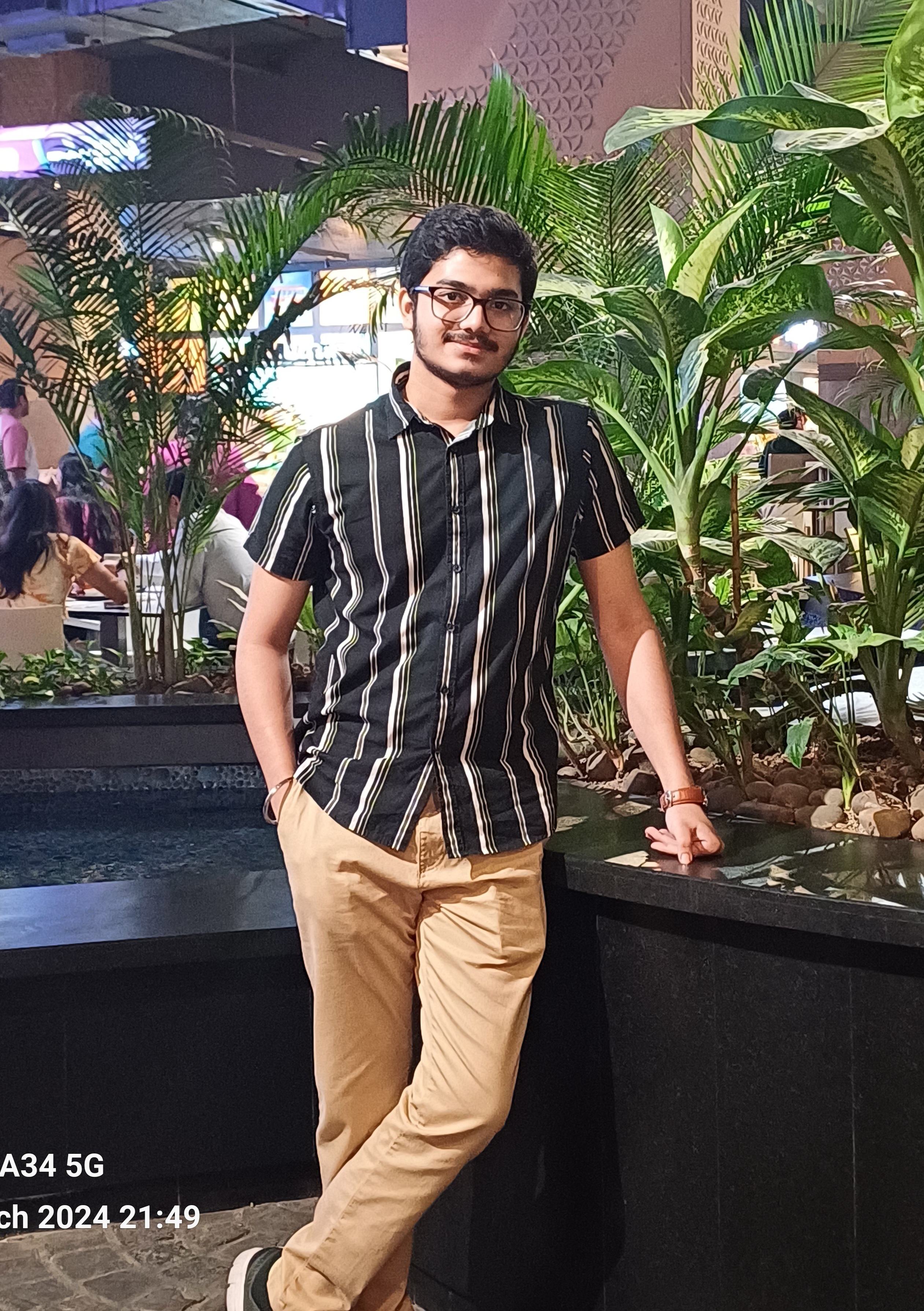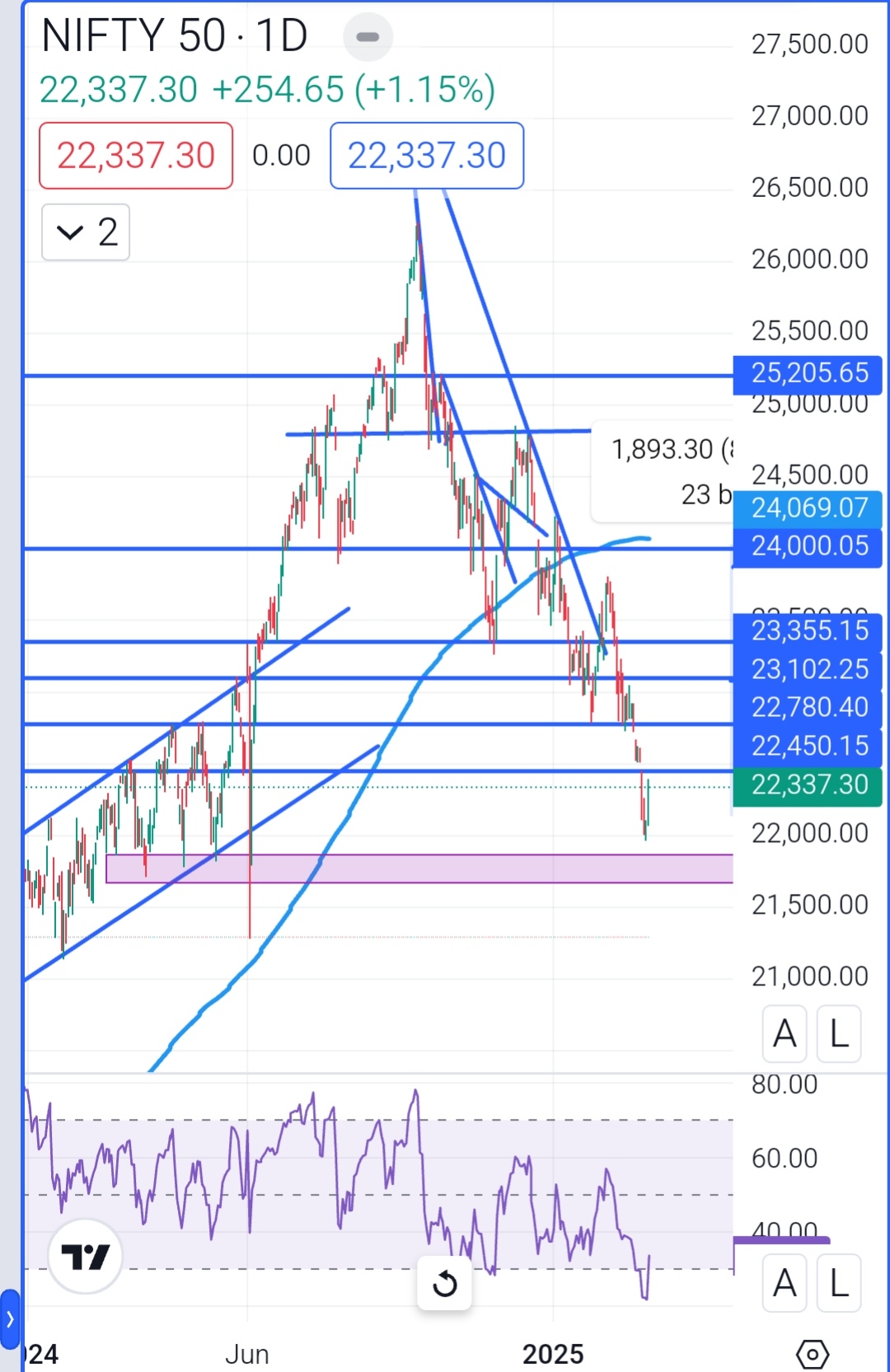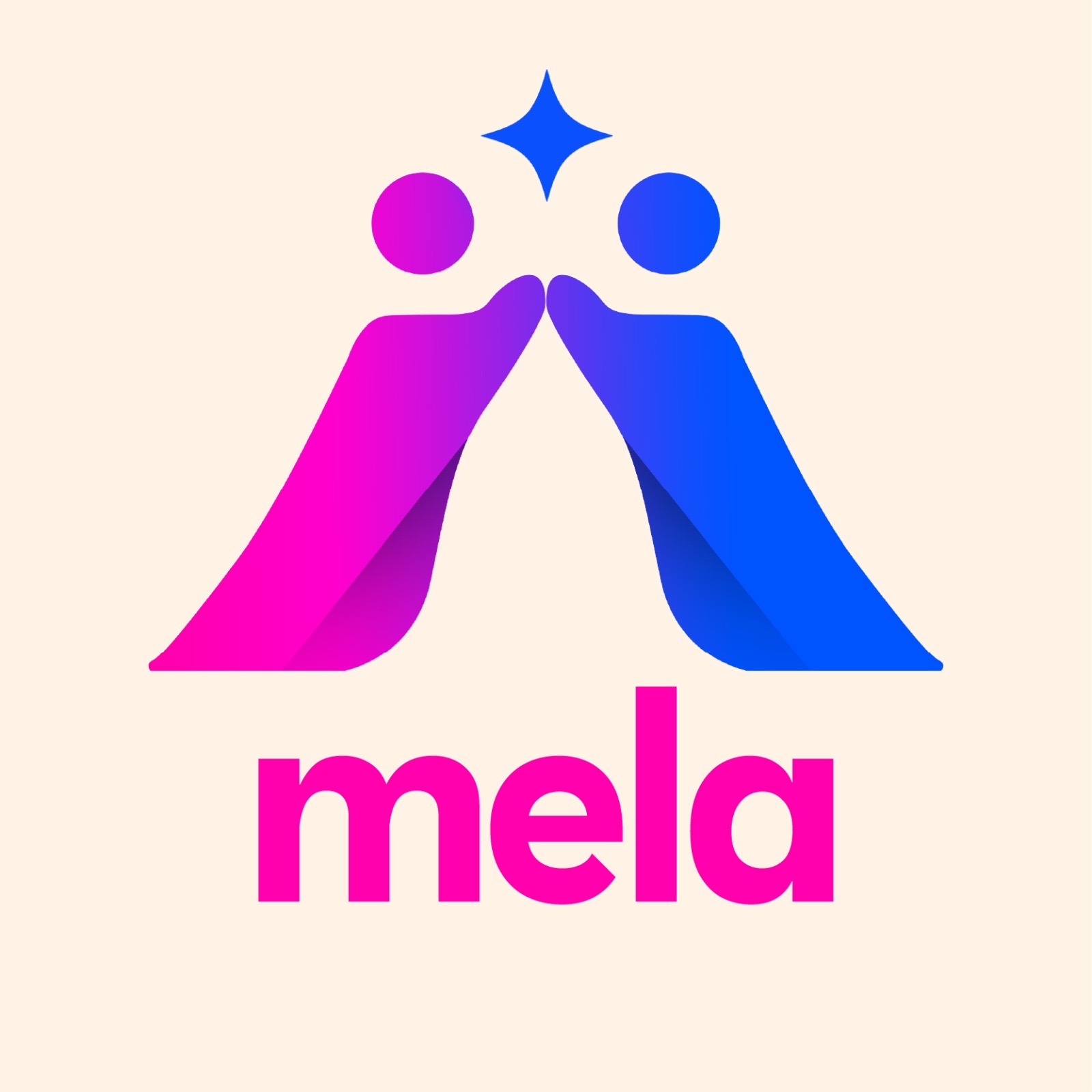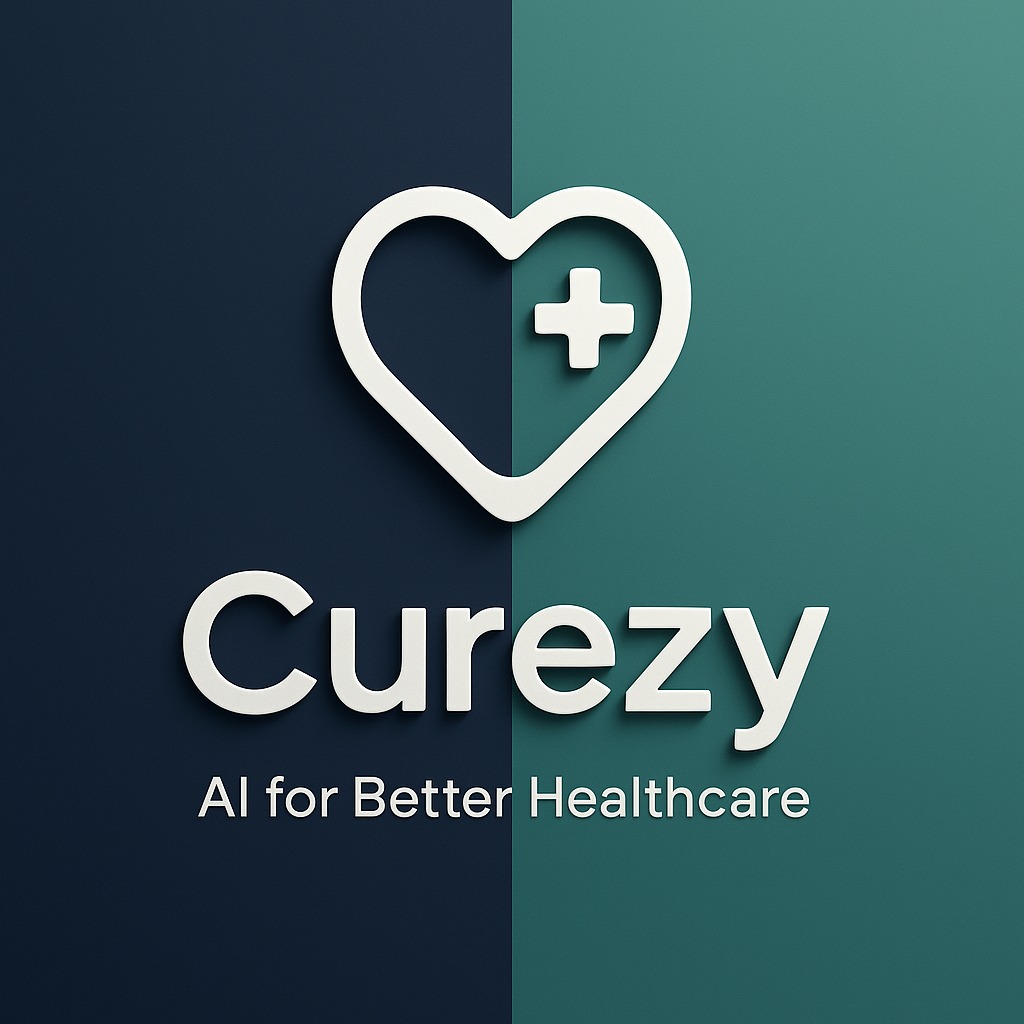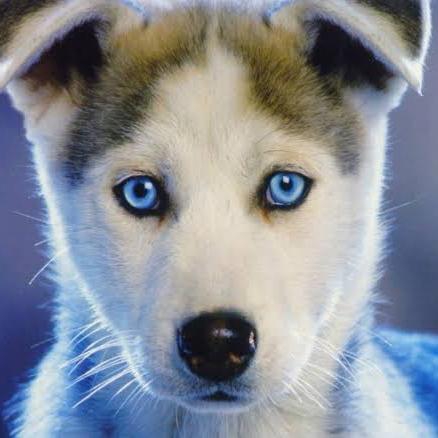Back
Nimesh Pinnamaneni
•
Helixworks Technologies • 10m
Why qPCR & Phenotypic Testing Must Be Displaced – Part II If you ever want to understand the scale of a problem, look at how much it costs. Tuberculosis alone costs India, Africa, and Brazil 27 trillion INR a year in lost productivity and healthcare expenses. That’s just one disease. And here’s the thing: we already have tests for TB. The problem isn’t that we can’t detect it—the problem is how long it takes. Right now, clinicians rely on a combination of qPCR and phenotypic testing to diagnose infectious diseases. qPCR tells you what’s there, and phenotypic testing tells you if it’s resistant to drugs. But neither is fast enough. You’re looking at days or weeks before getting a full resistance profile. That means more suffering, more spread, and more misuse of antibiotics, which fuels antimicrobial resistance (AMR)—one of the biggest health crises we’re facing. The Cost of Delay Every extra day a patient waits for results is another day they’re: • Getting worse. • Spreading the infection. • Taking the wrong drugs, accelerating drug resistance. This last one is the most dangerous. The WHO estimates that 700,000 people die every year because antibiotics didn’t work for them. If we don’t change how we diagnose infections, that number could hit 10 million per year by 2050. Why Diagnosis is Failing Right now, diagnosing an infection isn’t just slow—it’s broken. 1. You run a qPCR test to confirm the presence of a pathogen. 2. If it’s positive, you then wait for phenotypic testing to see if it’s resistant. 3. Meanwhile, the patient is either untreated, under-treated, or taking broad-spectrum antibiotics that might not even work. This is how AMR spreads. The longer we take to get the right treatment, the more bacteria evolve to resist what we throw at them. What If We Could Fix This? Imagine a single test that could do what qPCR and phenotypic testing do together—in one clinic visit. With just one sample, clinicians could get a detailed report that: • Identifies the infection • Maps its entire resistance profile • Provides the right treatment recommendation immediately That’s not theoretical. That’s what Targeted Next Generation Sequencing (tNGS) is about to do. How tNGS Works tNGS is a highly efficient sequencing method that hones in on specific regions of a pathogen’s genome rather than sequencing the entire thing. This makes it cheaper, faster, and more informative for diagnosing infectious diseases and tracking drug resistance. There are two main ways tNGS is applied: - Hybridisation Capture Sequencing; ideal for highly variable regions, like when we’re hunting for unknown mutations. - Amplicon-Based Sequencing; best for smaller, well-characterised targets. Once sequencing is complete, bioinformatics tools align the reads to a reference database, detecting mutations linked to drug resistance. Unlike qPCR, which only confirms known targets, tNGS can detect novel resistance mutations and co-infections—all in a single test. That means faster, more accurate diagnoses and fewer opportunities for AMR to develop unchecked. Why tNGS is Better If you had a way to test for multiple pathogens, identify resistance, and get results in hours instead of weeks, you’d take it, right? That’s what tNGS offers. Here’s how it compares to the current methods: - Broad Diagnostic Capability → Detects multiple pathogens and all known resistance genes in a single test. - Comprehensive Resistance Profiling → Instead of waiting for cultures to grow, tNGS detects resistance genes directly. Faster and more accurate. - Speed → qPCR requires multiple tests. Phenotypic testing takes days or weeks. tNGS delivers results in hours. Why This Matters AMR isn’t theoretical. It’s happening now. Every time an infection isn’t properly diagnosed, and a broad-spectrum antibiotic is thrown at it, resistance builds. Right now, 700,000 people a year die because antibiotics didn’t work for them. That number could hit 10 million per year by 2050. We don’t need more antibiotics. We need better diagnostics. qPCR and phenotypic testing got us this far, but they’re too slow, too limited, and too reactive. If we want to stay ahead of infectious diseases, we have to move beyond them. tNGS isn’t just faster. It’s more precise, more scalable, and more future-proof. And that’s exactly what we need to fight AMR. What’s Next The real question isn’t whether we need to replace outdated diagnostics—it’s how fast we can do it. 🚀 Want to follow the progress? I’m working on it—stay tuned. 📩 Let’s talk. Reach out and join the movement to make better diagnostics a reality.

More like this
Recommendations from Medial
Nimesh Pinnamaneni
•
Helixworks Technologies • 10m
Why qPCR & phenotypic testing must be displaced? - Part I The Problem: Infectious diseases remain a significant public health threat. Particularly, in low and middle-income countries (LMICs), such as India. €300 Billion / 27 Trillion INR! {1} - Th
See More
Nimesh Pinnamaneni
•
Helixworks Technologies • 9m
Why qPCR & Phenotypic Testing Must Be Displaced? – Part III This is the third part of a deep dive into why qPCR & phenotypic testing need to be replaced. In Part I, I covered the limitations of current diagnostics & why incremental improvements aren
See More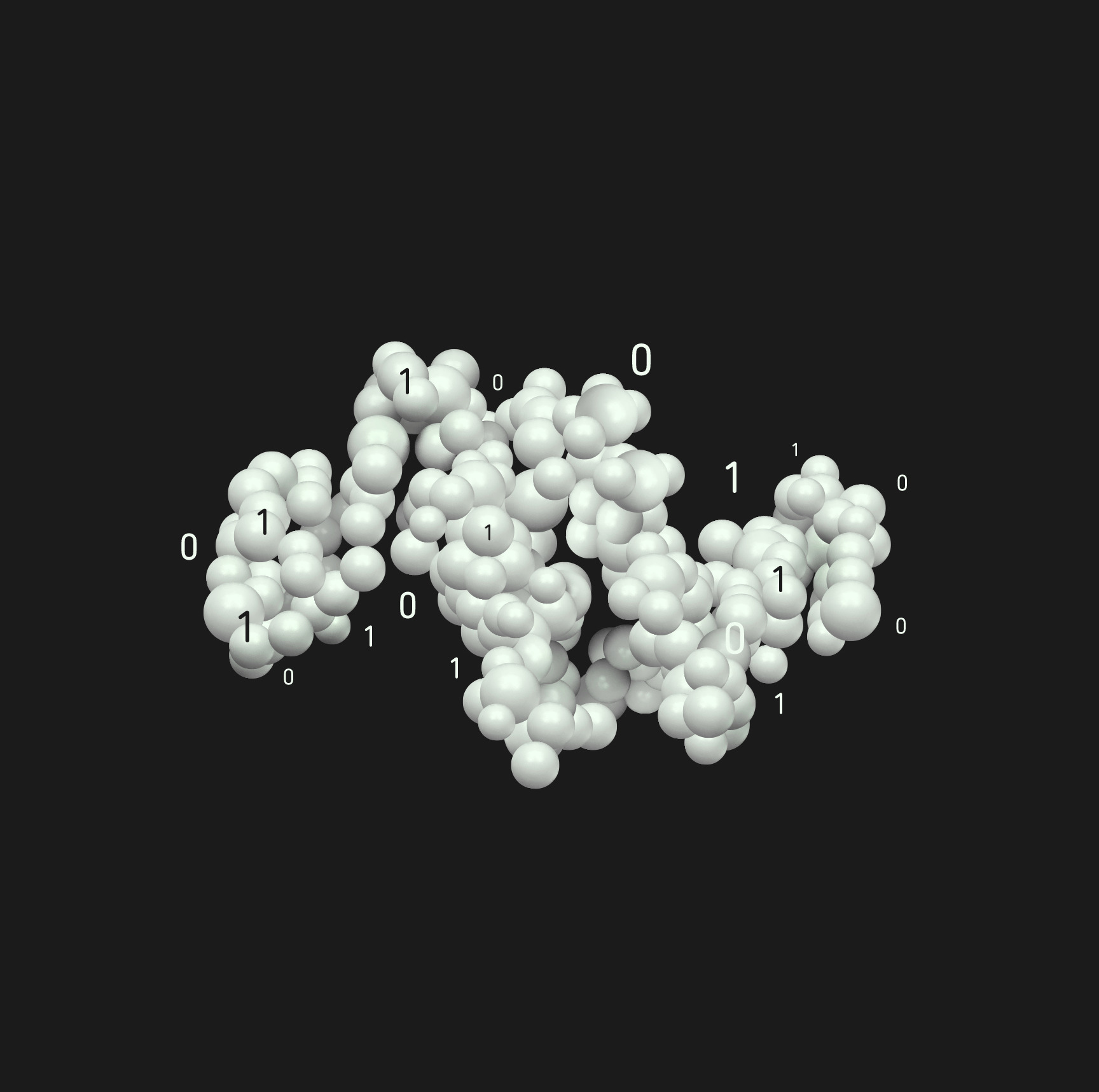
Nimesh Pinnamaneni
•
Helixworks Technologies • 9m
Looking to connect with folks in clinical diagnostics and molecular biology! I’m building a new clinical lab focused on infectious disease diagnostics powered by DNA sequencing — and would love to connect with people who have experience in: • Runni
See MoreNimesh Pinnamaneni
•
Helixworks Technologies • 10m
Can Sequencing replace traditional diagnostics in India? Traditional diagnostics are slow. Culture and antibiotic resistance tests take days or even weeks to deliver results. This can be detrimental for patients suffering from sepsis or fever of unk
See MoreDownload the medial app to read full posts, comements and news.

